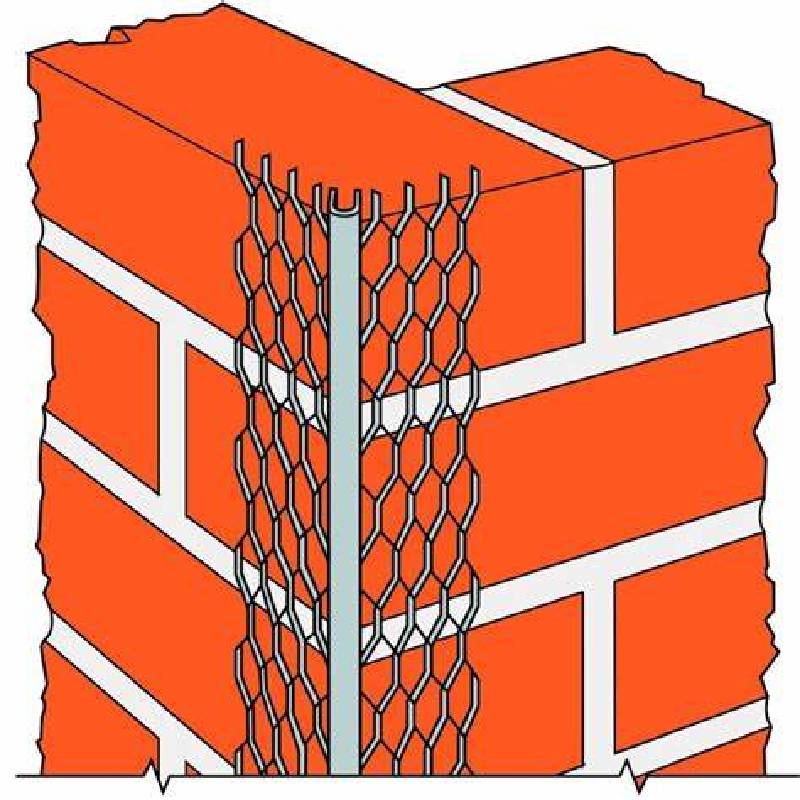
- Mobile Phone
- +8613931874955
- sales@cntcmetal.com
Understanding the Mechanics of a Compressed Spring and Its Applications in Engineering
The Science and Functionality of a Compressed Spring
Springs are fascinating mechanical components found in numerous applications, ranging from everyday household items to complex machinery in various industries. One particular type of spring that merits closer inspection is the compressed spring, which operates under the principles of elasticity and force dynamics. Understanding how a compressed spring works not only sheds light on basic mechanical physics but also reveals its importance in engineering and design.
At its core, a spring is any device that can store and later release energy. Compressed springs, specifically, are designed to be compressed under load, enabling them to store potential energy. This potential energy is then released as kinetic energy when the spring returns to its original shape. The most common example of a compressed spring is the compression coil spring, characterized by its tightly wound coils that expand when weight or force is removed.
The fundamental principle governing the behavior of a compressed spring is Hooke's Law, which states that the force exerted by a spring is directly proportional to its displacement, provided the material does not exceed its elastic limit. Mathematically, this is expressed as \(F = kx\), where \(F\) is the force exerted by the spring, \(k\) is the spring constant (a measure of the spring's stiffness), and \(x\) is the displacement from its neutral position. This relationship allows engineers to calculate the performance and specifications required for various applications.
a compressed spring

In practical applications, compressed springs play crucial roles in many devices. For example, they are found in vehicle suspension systems, where they absorb shocks and provide stability while driving. This characteristic is essential for comfort and safety, ensuring that vehicles can efficiently navigate uneven surfaces. In industrial machinery, compressed springs are employed to provide consistent pressure, aiding in processes like stamping, clamping, and assembly. They are also integral to many consumer products, such as pens, where they facilitate the retracting mechanism.
Moreover, compressed springs come in various forms – from helical springs to flat springs. Each type can be manufactured from different materials, including steel, plastic, or even composite materials that enhance durability and functionality. The choice of material affects the spring's performance, including its lifespan and mechanical properties, such as tensile strength and fatigue resistance.
Beyond mere mechanical construction, the design and selection of compressed springs are critical in ensuring system efficiency and reliability. Engineers often utilize simulations and computer-aided design (CAD) tools to test various configurations and materials under different load conditions. This digital prototyping process enables the identification of potential failures and performance issues before actual production, saving time and resources.
In conclusion, the compressed spring is an indispensable element in both mechanical engineering and everyday life. Its ability to store and release energy makes it a key component in various applications, from automotive to industrial machinery. By understanding the principles governing these springs, including Hooke's Law and the significance of design considerations, we can better appreciate the role they play in enhancing functionality and performance in our world. As technology continues to evolve, so too will the materials and designs of compressed springs, paving the way for even greater innovations in mechanics and engineering.
share:
-
Your Source for Concrete Wall Ties and Masonry AccessoriesNewsJul.10,2025
-
Unlocking the Power of Iron Wire for Every ProjectNewsJul.10,2025
-
Explore Advanced Chain Wire and Stainless Steel Mesh FencingNewsJul.10,2025
-
Discover the Benefits of Annealed Wire ProductsNewsJul.10,2025
-
Discover China Stainless Steel Wire Mesh SolutionsNewsJul.10,2025
-
Build with Confidence Using High-Performance Masonry AccessoriesNewsJul.10,2025
-
Why Sacrificial Formwork Is Redefining Underground ConstructionNewsJun.06,2025



















